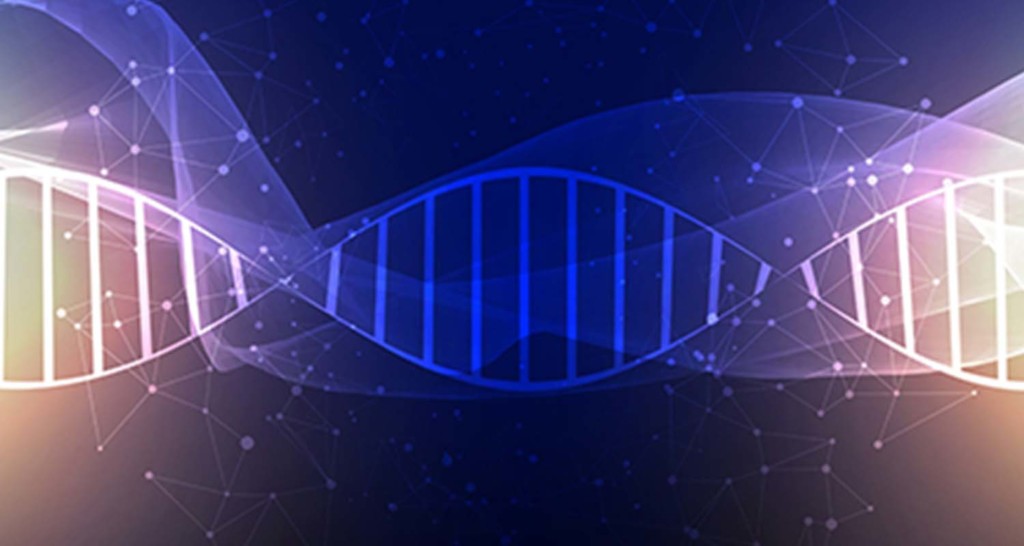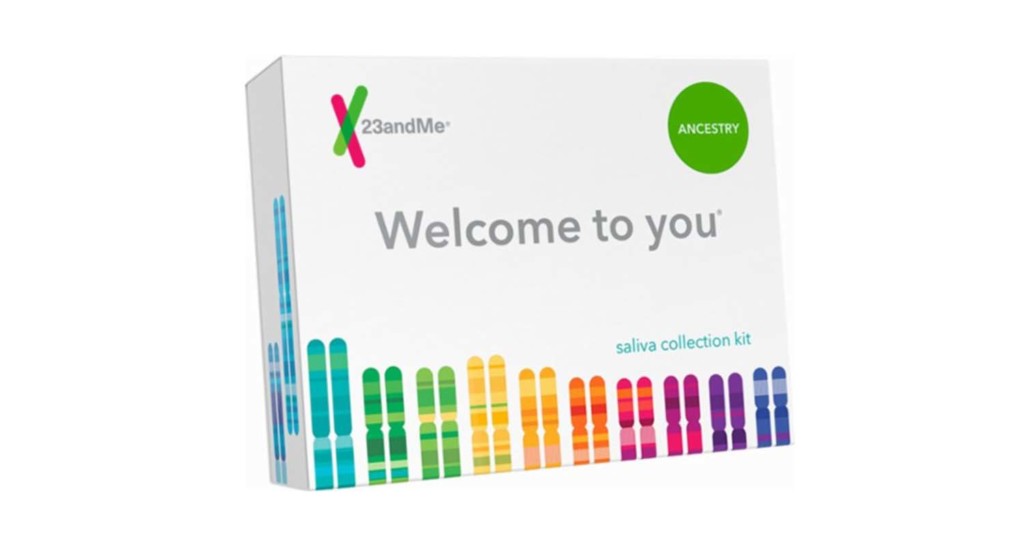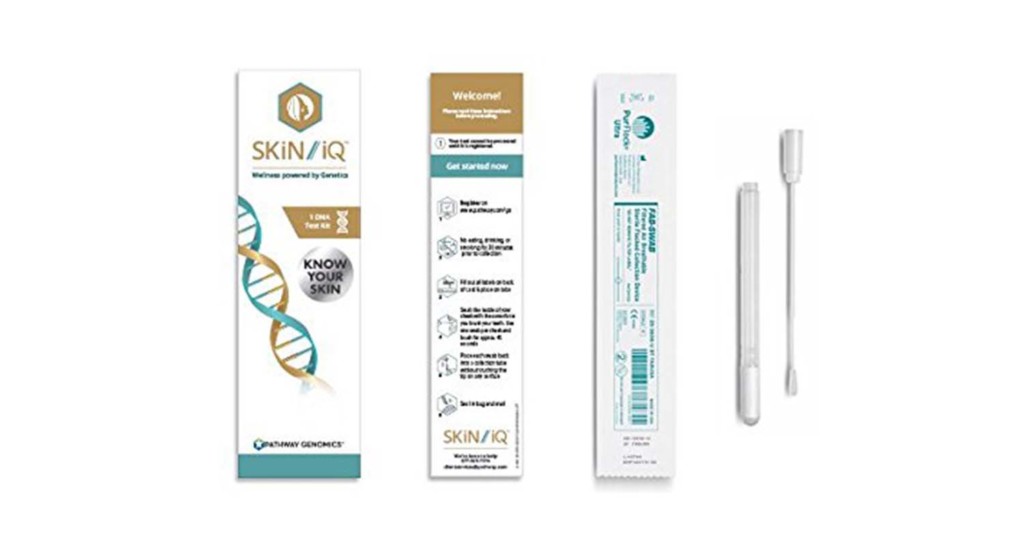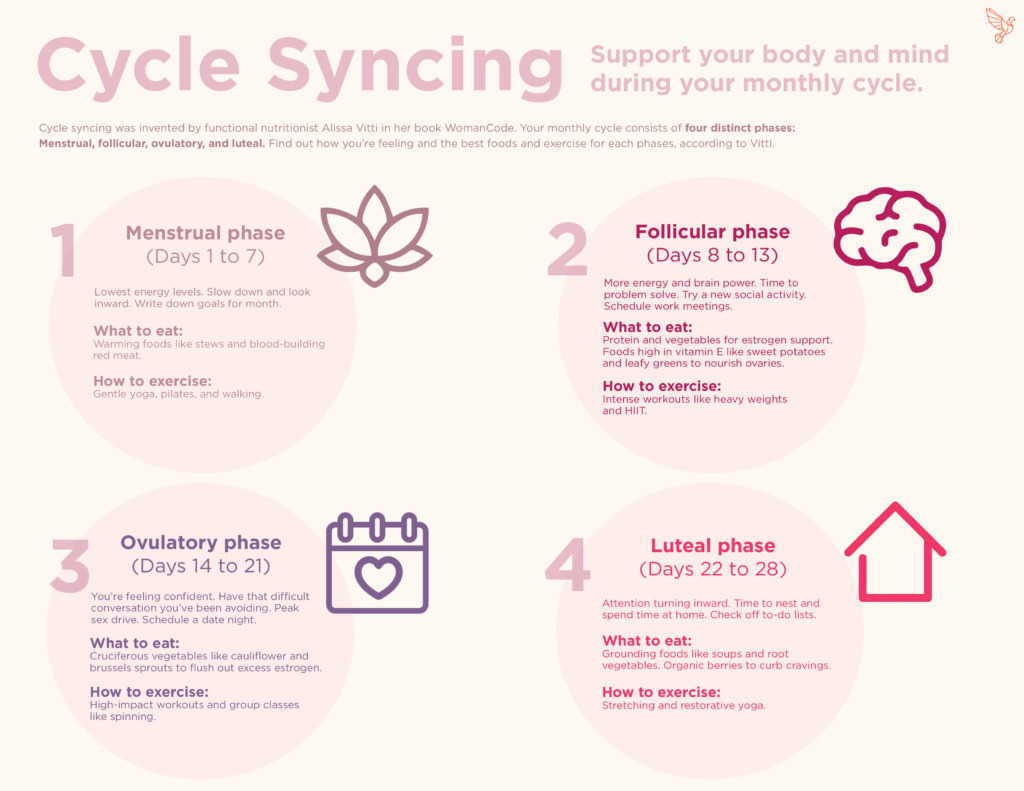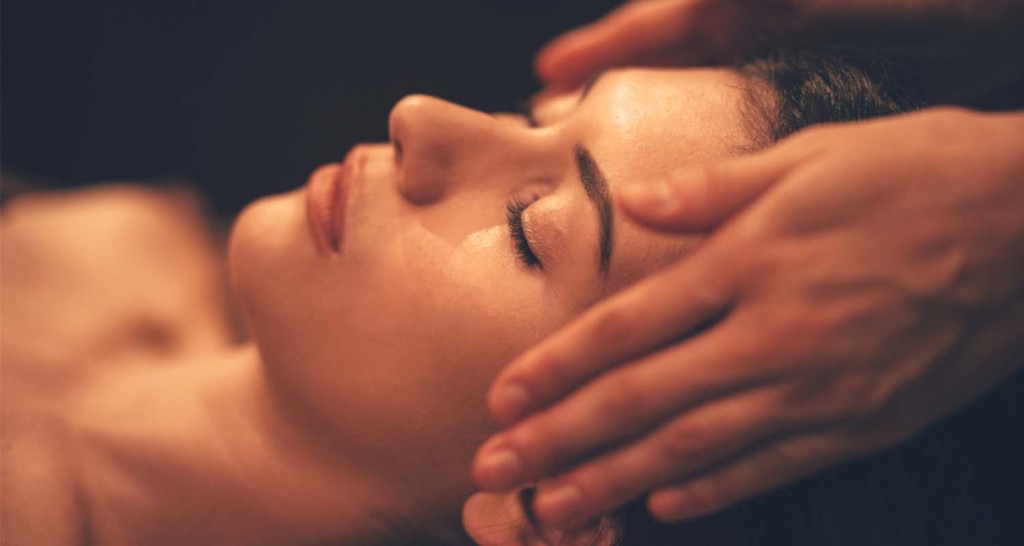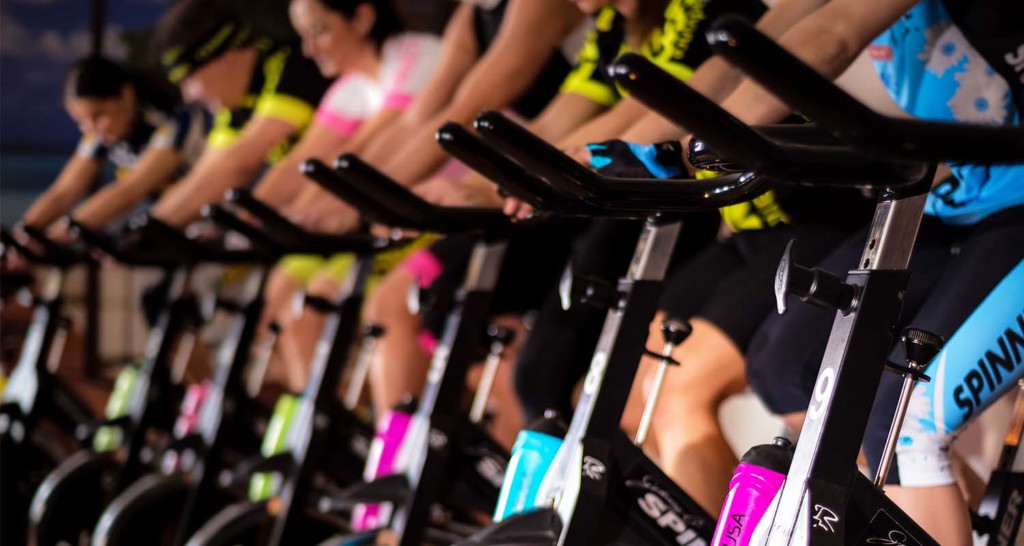[tldr]
- Your entire body is electrical, but injuries and illness can disrupt these electrical frequencies, making it harder for your body to heal itself.
- Microcurrent therapy sends low-level electrical currents into your skin that are nearly identical to the body’s own natural electrical frequencies.
- Running a current over your body adds more electrons to your system, helping you make energy more quickly and stimulating tissue and cellular repair.
- Microcurrent therapy is used to treat many things, including wounds, sports injuries, and skin sagging.
- You can buy a handheld microcurrent device for the cost of one or two professional sessions — it’s nowhere near as effective, but with regular use it will probably make some difference.
[/tldr]
Did you know that your entire body is electrical? Every second, a small cluster of cells in the heart produces an electrical pulse that keeps the organ beating. With each beat, the heart pumps out blood that travels throughout the body, keeping you alive. That’s not all. Cells use charged atoms and molecules called ions to generate electrical signals that power vital processes in the body including digestion, circulation, movement, and brain function.
Injuries and illness can disrupt these electrical frequencies, making it harder for your body to heal itself. But you can return these frequencies back to normal and support your body’s natural electrical circuitry with the help of something called microcurrent therapy.
RELATED: Get free guides, ebooks, recipes and more to supercharge your health
What is microcurrent therapy?
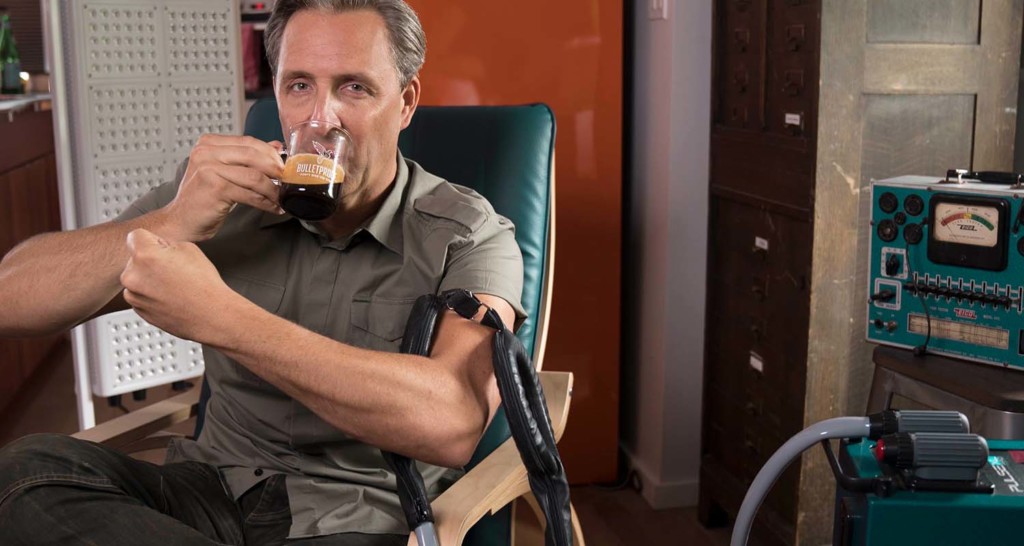
In my book “The Bulletproof Diet,” I thank Pliny the Elder. Not the beer — the visionary Roman naturalist. He was the one who first proposed using electric eels to cure headaches. And that was the beginning of microcurrent therapy… no joke.[ref url=”https://www.ncbi.nlm.nih.gov/pubmed/20277440″]
Then, 100 years ago, there was a huge division in the scientific community — one group of scientists insisted the body was chemical, the other group claimed it was electrical. I probably don’t have to tell you that the chemical guys won, which is why we have “big pharma” and so many of our modern-day assumptions about how the body works. But the truth is, the body is far more complex than either of these groups realized — it’s both chemical and electrical. While there’s certainly a place for chemical treatments, you want to do what you can to support your body’s electrical system. That’s where microcurrent therapy comes in.
“In my 25 years in the medical field I’ve never seen anything like [microcurrent therapy] healing-wise,” says LA-based microcurrent expert Mila Morgan, a former nurse anesthetist and now considered a “miracle worker” among the Hollywood elite. “It has changed my Western medical thinking completely.”
How microcurrent therapy works

Microcurrent therapy sends low-level electrical currents into your skin that are nearly identical to the body’s own natural electrical frequencies. Running a current over your body adds more electrons to your system, helping you make energy more quickly and stimulating tissue and cellular repair.[ref url=”https://www.sciencedirect.com/science/article/pii/S2090123211000695#b0045″] The technology works at the cellular level, increasing adenosine triphosphate, or ATP, the energy currency in your cells and the body’s most basic fuel. It also boosts your body’s absorption of amino acids — the building blocks of protein — and forms proteins in the cells that produce collagen in the skin.[ref url=”https://www.sciencedirect.com/science/article/pii/S2090123211000695#b0020″]
“Microcurrent rapidly restores cell energy,” says Anne Kelly, MD, medical director at the Holland Biomedical Clinic and Minnesota Hyperbaric Treatment Center. “It’s like recharging the car’s battery and putting fuel in the tank.”
You may have heard of or even tried something called a TENS (transcutaneous electrical nerve stimulation) machine, which uses mild electrical shocks to treat pain. Microcurrent therapy works in a similar way, but the electrical currents are extremely weak, so you typically won’t feel a thing. While the goal of TENS is short-term relief of chronic pain, microcurrent is aimed at longer-term relief and healing, and offers a host of other benefits (more on those below).
A physical therapist places electrodes on target areas of the body, or, if you’re getting a microcurrent facial, an aesthetician zaps your face with two metal prongs. The therapy is safe and FDA-approved. But if you’re pregnant or wear a pacemaker, give it a pass.
The benefits of microcurrent therapy
Microcurrent therapy is used to treat many things, including wounds, sports injuries, and skin sagging — it really is a great tool to have in your arsenal.[ref url=”https://www.ncbi.nlm.nih.gov/pubmed/19542797 “][ref url=”https://www.sciencedirect.com/science/article/pii/026676819290021S”] I’ve used electrical stimulation on my muscles for years and felt a massive improvement in pain from earlier injuries. Here’s some of what it can do:
- Reduces back, neck, and joint pain
- Heals tendons
- Increases oxygenated blood flow to tissues
- Grows new nerves
- Reverses or stops macular degeneration
- Lessens headaches
- Improves fibromyalgia symptoms
- Tones the skin and stimulates collagen production
“Microcurrent is an amazing tool for healing damaged tissue everywhere in the body,” says Kelly. “I find it particularly beneficial for muscle sprains with tissue swelling, chronic muscle pain, and inflammation.”
Microcurrent facials: A natural facelift?

Microcurrent therapy has been used for decades to treat people with Bell’s Palsy — the sudden paralysis of muscles that causes one side of your face to droop. The technology’s toning effect caught the attention of the cosmetic field for its ability to lift the muscles in the face and tighten sagging skin, creating a more youthful appearance.[ref url=”http://www.scielo.br/pdf/acb/v19n5/a03v19n5.pdf”] Now it’s being hailed as a “natural facelift” and non-toxic botox alternative, with Jennifer Aniston crediting it for her smooth complexion, calling it a “little workout for your face.”
“When treating facial wrinkles, the goal is to strengthen and plump the skin and relax underlying muscles to prevent the skin from being folded on itself,” says Joshua Zeichner, MD, director of cosmetic and clinical research in dermatology at Mount Sinai Hospital in New York City. “The concept here is that a low-grade electric charge over the skin enhances activity of skin cells and helps increase collagen production.”
Related: How to Get More Collagen, and Why Your Skin Needs It to Stay Young
An aesthetician first slathers your face in a conductive gel, the same type of gel used during ultrasounds, to aid the flow of electricity. Next, the aesthetician takes two metal wands with an electrical current running between them, and applies these to the face, sending electric currents into the skin, stimulating the muscles. It can be a pretty relaxing experience and you shouldn’t experience any discomfort.
Zeichner is skeptical of the hype, but says it’s worth a try, if you can stomach the high cost of a treatment. A professional session costs anywhere from $200 to $600, and facialists suggest multiple treatments to maintain results.
“We need more data to prove the efficacy of microcurrent facials, but in my opinion, there certainly is no harm except to your pocketbook because of the high price tag,” says Zeichner.
Related: Top Anti-aging Biohacks for Better Skin
Professional treatments versus at-home devices for skin
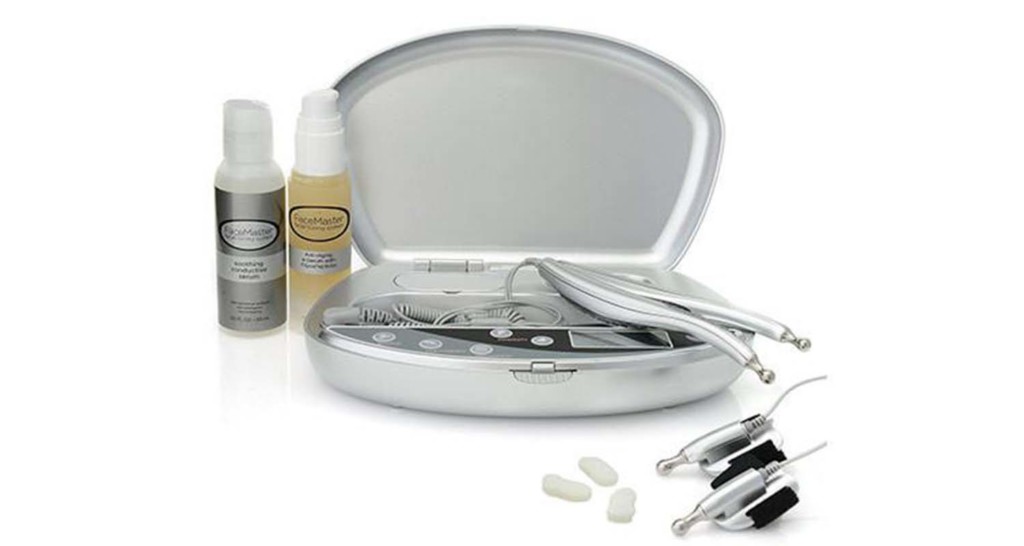
If shelling out hundreds of dollars a year for this treatment is just not possible (and let’s be honest, for most people it isn’t), you can buy a handheld device for the cost of one or two professional sessions. It’s nowhere near as effective, but with regular use it will probably make some difference.
When I interviewed Suzanne Somers, she gave me something called the FaceMaster — it’s like an electrical stimulator that you rub over your face and around your eyes. And it worked! After doing it a few times, you can absolutely see the muscles of your face get exercised. If I had to be on-camera but I was puffy and bleary-eyed and I’d just got off a flight, I’d use that thing.
“At-home devices certainly can be used in addition to your traditional treatments,” says Zeichner. “The best candidates are people with mild skin laxity (or sagging), because the skin is already relatively healthy.”
NuFACE is the most popular at-home device on the market. It costs upwards of $300, and the company recommends you roll it over your face for 5 minutes every day (you’ll need to first apply the conductive gel to help the electrical currents penetrate deeper).
“The NuFace is portable and is a convenient travel size,” says Debra Jaliman, MD, author of “Skin Rules: Trade Secrets from a Top New York Dermatologist.” “Most people do see great results.”
But they don’t come quick. The company says to keep at it for 60 days before you notice a difference in your skin. And even then, don’t expect miracles, says Zeichner.
“Results are not necessarily dramatic, and you must continue to use the device to maintain improvement,” he says.
Read Next: Eat These Foods for Radiant Skin
